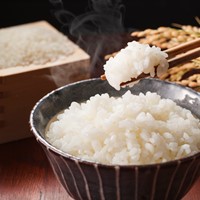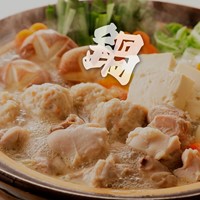Japanese Soy Sauce: A Versatile Ingredient Your Kitchen Needs
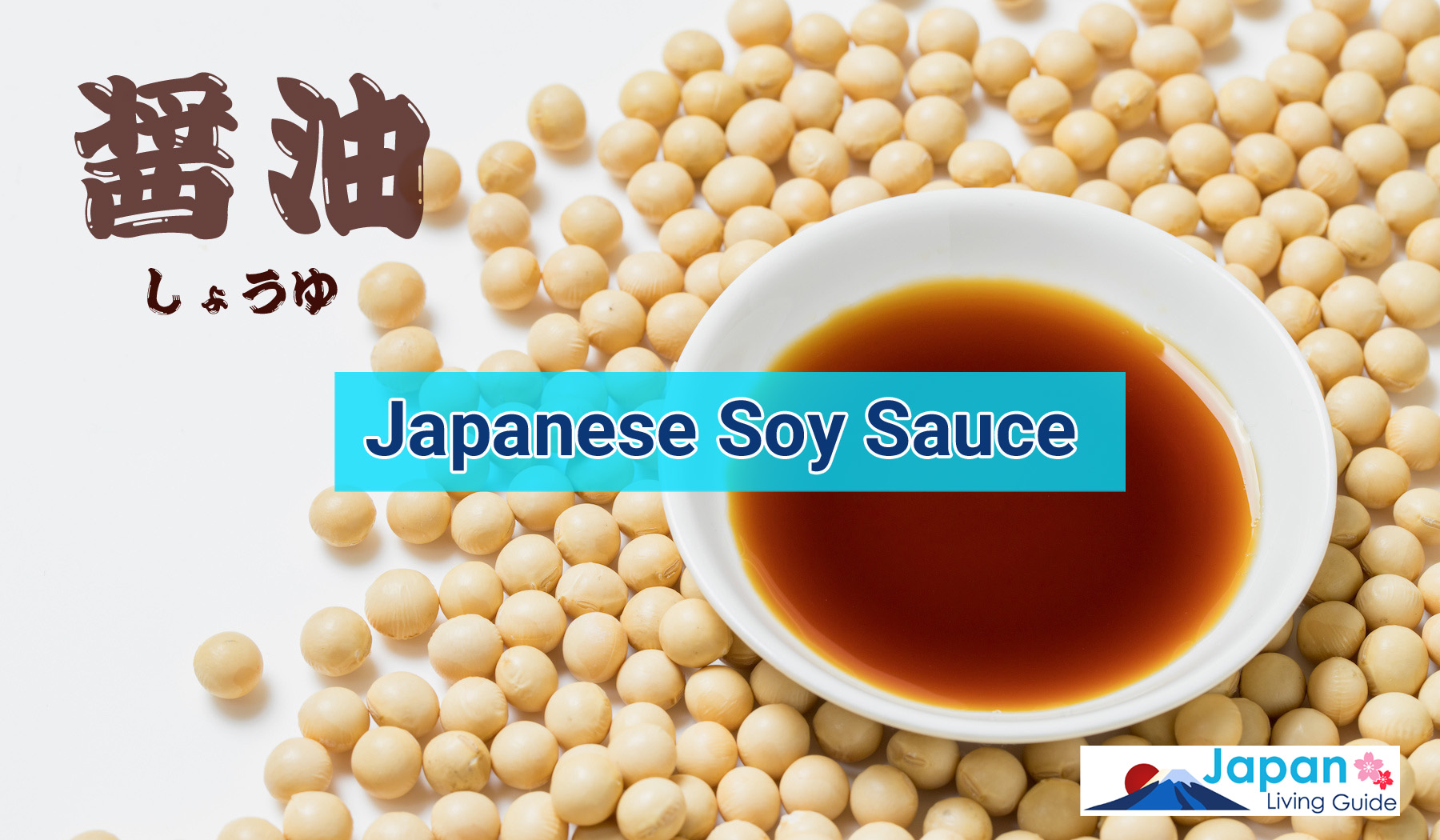
This page contains affiliate links.
Soy sauce may seem like an ordinary condiment, but did you know there is more to it than a savory taste? This versatile sauce offers various health and cooking benefits that people often overlook. Whether you're a culinary expert or a beginner, it is crucial to know the different types of soy sauce and how to use them to elevate your dishes. In this guide, we will uncover the hidden complexities of soy sauce and teach you how to make the most out of this magical ingredient. Get ready to transform your cooking game and discover the wonders of soy sauce!
What is Soy Sauce?
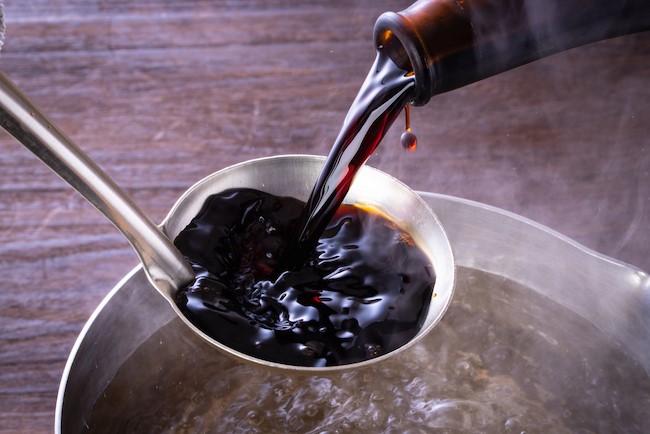
Soy sauce is a seasoning used in Japanese cuisine for centuries. It has undergone a significant transformation, from being grouped with other salted products, to becoming a liquid, and eventually evolving into its current form. Soy sauce has played a crucial role in Japanese food. It has been immortalized as a necessary flavor in many cultural dishes, particularly during the Edo period. The umami taste, which is the savory or meaty flavor, is a significant component of soy sauce and is responsible for enhancing the taste of many dishes popular during this period.
Types of Soy Sauce
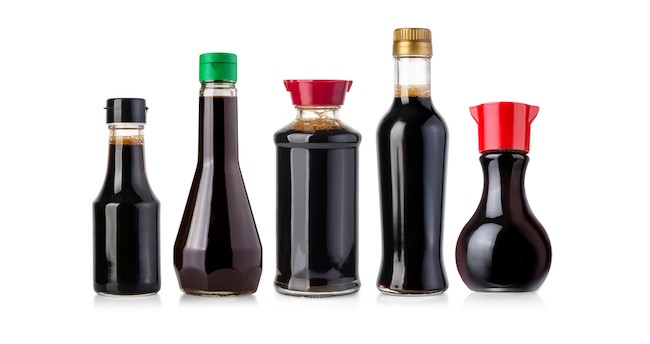
Many different types of soy sauce are available today. Each class has another production method, sodium content, and ideal usage. Click the image(s) to see details or purchase online.
Dark Soy Sauce (Koikuchi Shoyu)
Dark soy sauce, known as regular soy sauce, is called koikuchi shoyu in Japanese. It is the most common and general-purpose soy sauce, so many recipes calling for soy sauce refer specifically to this type. Koikuchi soy sauce is ideal for various dishes, including marinades, dipping sauce, braises, and stir-fries. This soy sauce has a sodium content of around 17% and a 1:1 ratio of wheat and soy. It is the ideal choice if you need a basic all-purpose soy sauce.
Light Soy Sauce (Usukuchi Shoyu)
Usukuchi Shoyu, or light soy sauce, is a slight variation on the darker koikuchi, although it predates it. It is lighter in flavor with more subtle umami than standard soy sauce. The subtlety is due primarily to adding amazake (sweet rice wine) and additional salt, which can slow fermentation. Usukuchi is ideal for Kansai cuisine, dishes that require a more subtle flavor, and those where the chef wants to avoid darkening the color of the food. Usukuchi is light in taste only, with a high sodium content of 18-19%.
Tamari (Tamari Joyu)
Tamari Joyu is unique among the soy sauce variants as it is much closer to the original soy sauce and is a miso by-product. It is made almost exclusively from soybeans and has a much stronger umami and a thicker texture than most soy sauces. Wheat is not used or, if used, in small quantities. It is essential to check the label of tamari sauce as some companies still include small amounts of wheat. Tamari generally has a salt content of around 16% and is best used as a dipping sauce or glaze due to its thicker and dense texture.
White Soy Sauce (Shiro Shoyu)
Shiro shoyu, or white soy sauce, can be considered the opposite of tamari, with a higher-than-usual wheat content. Gluten creates a much lighter color than most soy sauces and a more subtle umami flavor. Shiro shoyu is ideal as a sashimi dipping sauce, in clear soups, or for high-end cuisine, in cases where it is crucial to highlight the natural color of the food. It has a sodium content of 17-18%.
Low Sodium Soy Sauce (Gen-en Shoyu)
Gen-en Shoyu (Low-sodium or low-salt soy sauces) are a relatively recent addition to the lineup of soy sauces. These soy sauces tend to replicate general koikuchi soy sauce with much lower salt content. The low salt content is usually achieved through additional fermentation. You can use low sodium in much the same way as koikuchi soy sauce.
Whole Bean Soy Sauce (Marudaizu Shoyu)
Marudaizu Shoyu can be considered a more high-end version of standard soy sauce. While most soy sauces include a mix of whole and defatted beans, whole bean soy sauce only includes whole beans. Due to the more complex flavors, you can use them as a dipping sauce for sushi or sashimi.
Twice-Brewed Soy Sauce (Sai-shikomi Shoyu)
Saishikomi shoyu is a style that undergoes double fermentation by mixing previously fermented soy sauce. This process creates a richer and more intense flavor profile. It is perfect as a dipping sauce for sushi or sashimi rather than for cooking. The sauce typically contains about 16% salt.
Sweet Soy Sauce (Amakuchi Shoyu)
In Southern Japan, Amakuchi Shoyu is a popular condiment that complements various fish dishes, including sushi and sashimi. This sauce has a higher sugar content than other soy sauces, so you should adjust your recipes accordingly. It has a lower salt content of about 14%.
Benefits
Thanks to its numerous benefits, soy sauce is an essential ingredient in Japanese cuisine. From enhancing flavors to improving health, soy sauce has many uses.
Health Benefits
Soy sauce is a fermented product that offers several health benefits. It contains antioxidants, protein, and vitamin K, making it an excellent source of nutrition. Soy products also contain isoflavones, which can help with cholesterol levels and menopausal effects. Despite its salty taste, soy sauce contains less sodium than table salt, making it a healthier alternative.
Flavor & Color Enhancer
Soy sauce is famous for its ability to enhance the flavor of various dishes. It can be used as a seasoning or a dipping sauce at the table and adds color to dishes.
Deodorizer and Bacteria Inhibitor
Soy sauce is combined with sashimi and sushi to mask the smell of raw fish and improve the atmosphere in sushi restaurants. It also inhibits the growth of bacteria, making it an essential ingredient to keep fish safe for consumption.
How to Store
Store unopened bottles of soy sauce at room temperature. There is some debate about the storage of opened soy sauce, however. It is generally best to refrigerate it after opening it to maintain freshness. You can keep most soy sauces for up to 3 months after opening, but it is always best to check the label for storage instructions.
Soy Sauce: A Versatile Ingredient in Many Cuisines
Soy sauce is vital in Japanese cuisine and is widely used in many other countries. It is a versatile ingredient that adds flavor and color to various dishes. Understanding the different types of soy sauce is crucial in selecting the best one for your recipe. From dipping sauces to cooked dishes, soy sauce is an essential ingredient that enhances the taste of your culinary creations.
For more content about Japanese cuisine and other delicious seasonings and ingredients, check out our blog and many other articles.



